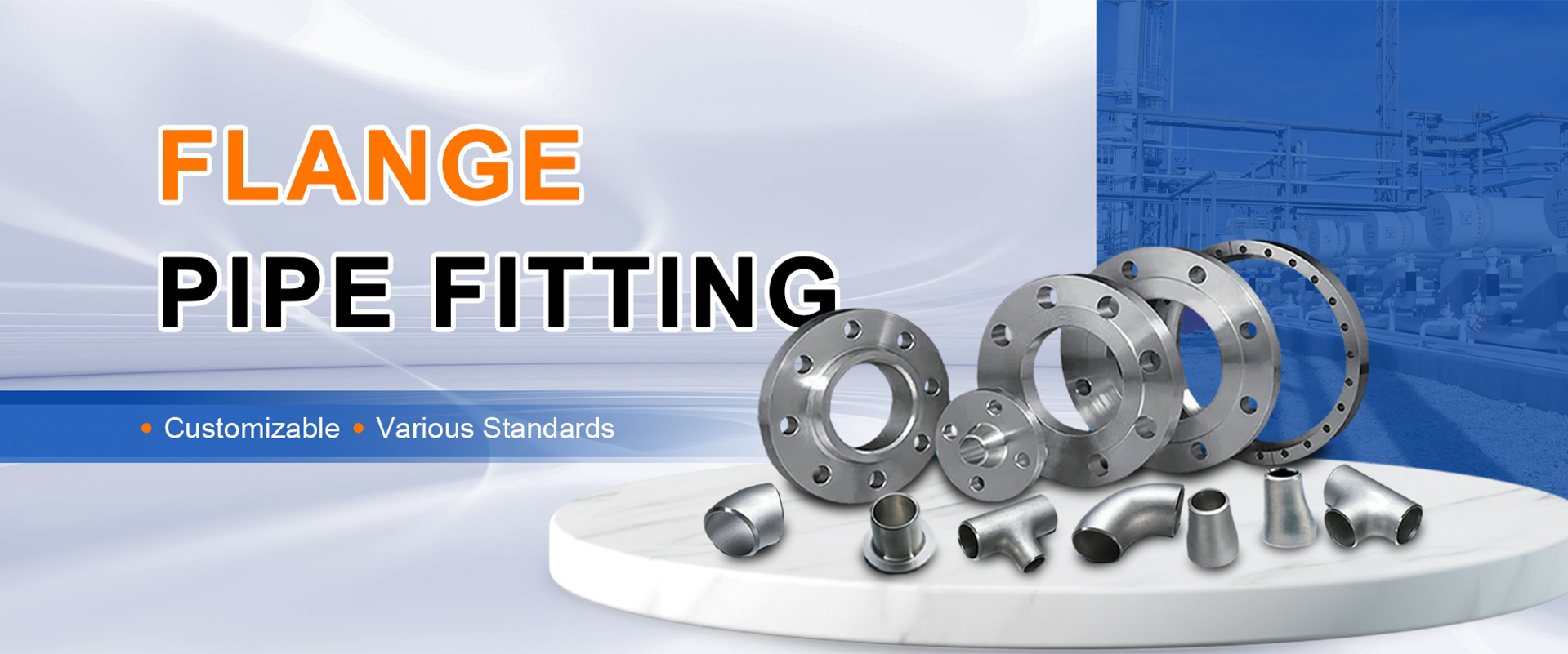high temperature butterfly valve
High Temperature Butterfly Valves A Crucial Component in Industrial Applications
In the realm of industrial engineering, efficient fluid control is paramount for the smooth operation of processes involving high temperatures. Butterfly valves, known for their simplicity and effectiveness, have emerged as indispensable components in various applications, especially where high temperatures are a concern. These valves are particularly advantageous due to their lightweight design, compact structure, and ability to handle high flow rates.
A butterfly valve consists of a disc that rotates on a shaft, which is mounted in the center of a pipe. When the valve is in the open position, the disc is turned parallel to the flow of the media, allowing for unobstructed passage. Conversely, when the valve is closed, the disc obstructs the flow, creating a seal. This functionality makes butterfly valves ideal for controlling the flow of gases, liquids, and even slurries at varying temperatures.
One of the key advantages of high temperature butterfly valves is their ability to withstand extreme conditions. Industrial processes such as petrochemical production, power generation, and waste management often require equipment that can endure elevated temperatures without compromising performance. Butterfly valves designed for high-temperature applications are typically manufactured from robust materials such as stainless steel, specialized alloys, or resilient plastics that can resist thermal degradation.
high temperature butterfly valve

The selection of an appropriate butterfly valve must account for temperature ratings, as different materials exhibit varying tolerances to heat. For instance, valves made from carbon steel may be suitable for certain operational conditions but may not endure prolonged exposure to high temperatures. On the other hand, stainless steel butterfly valves are often preferred for their high resistance to thermal expansion and corrosion, ensuring longevity and reliability in demanding environments.
Furthermore, high temperature butterfly valves can be equipped with various actuation methods, including manual, electric, and pneumatic options. This flexibility allows for seamless integration into automated systems, enhancing operational efficiency. When paired with smart control systems, these valves can provide real-time feedback on flow rates and temperature, facilitating proactive maintenance and reducing the likelihood of failures.
Despite their numerous benefits, it is crucial for engineers and operators to conduct thorough assessments when installing high temperature butterfly valves. Proper sizing is essential to ensure that the valve can handle the maximum flow rates and pressure conditions present in the system. Additionally, the installation of bypass valves is often recommended to enable maintenance without interrupting the entire process.
In conclusion, high temperature butterfly valves play a vital role in a multitude of industries, where they provide essential fluid control capabilities under challenging conditions. Their ability to withstand high temperatures and corrosion, coupled with their ease of operation and maintenance, makes them an ideal choice for industrial applications. As technology and materials science continue to evolve, we can expect even greater advancements in the design and performance of butterfly valves, further solidifying their position as a cornerstone of modern industrial infrastructure.
-
The Key to Fluid Control: Exploring the Advantages of Ball Valves in Industrial SystemsNewsJul.09,2025
-
The Versatile World of 1, 2, and 3 Piece Ball ValvesNewsJul.09,2025
-
Stainless Steel Ball Valves: The Ideal Choice for Efficient Flow ControlNewsJul.09,2025
-
Optimizing Fluid Control with Ball Float ValvesNewsJul.09,2025
-
Manual Gate Valves: Essential for Control and EfficiencyNewsJul.09,2025
-
Everything You Need to Know About Butterfly ValvesNewsJul.09,2025
-
The Versatility of Wafer Type Butterfly ValvesNewsJul.08,2025




